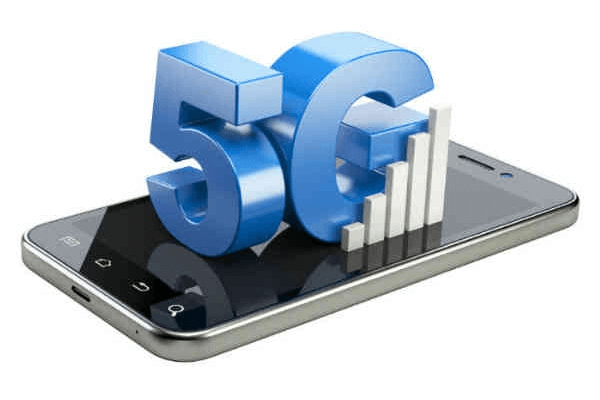A new study from Juniper Research has found operator-billed 5G service revenue will reach $315 billion in 2023; rising from $195 billion in 2022. This represents growth of over 60% in a single year.
RELATED: 5G services revenue to reach $600 billion by 2026
The research predicts this increase in revenue will be driven by the accelerating migration of cellular subscriptions to 5G networks; owing to operator strategies that minimise or remove any premium over existing 4G subscription offerings. It forecasts over 600 million new 5G subscriptions will be created next year, despite the anticipated economic downturn in 2023.
• To find out more, see the new report: 5G Monetisation: Business Models, Strategic Recommendations & Market Forecasts 2022-2027
• Download the free whitepaper: 5G: Where is the Money?
5G Service Revenue to Represent 80% of Global Operator Revenue by 2027
The report predicts growth of 5G networks will continue, and over 80% of global operator-billed revenue will be attributable to 5G connections by 2027. The telecommunications industry demonstrated its robustness against the impact of the COVID-19 pandemic, and the report projects the growth of 5G will also be resilient against this economic downturn; owing to the vital importance of mobile Internet connectivity today.
Research co-author Olivia Williams noted: “Despite the growth of the Internet of Things, revenue from consumer connections will continue to be the cornerstone of 5G operator revenue increase. Over 95% of global 5G connections in 2027 will be connected personal devices such as smartphones, tablets and mobile broadband routers.”
Private Networks Represent a Key Opportunity for Operators
In addition, the report predicts the ability of standalone 5G networks to offer ‘network slicing’ will act as the ideal platform for the growth of 5G private network revenue. Standalone 5G uses next-generation core networks supporting network slicing technology, which can be used to take a ‘slice’ of public 5G infrastructure and provide it to private network users. In turn, this helps mitigate the cost of private 5G network hardware and increase its overall value proposition, all against a background of deteriorating macro-economic conditions.

































